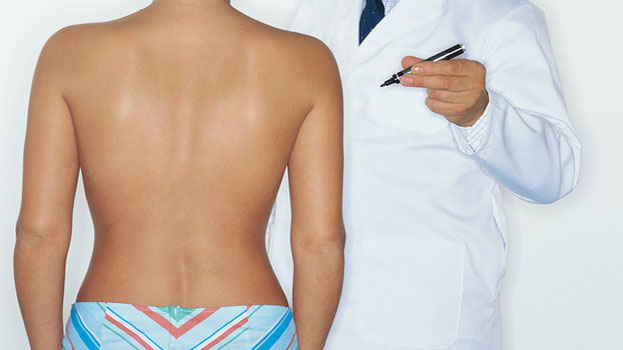The Evolution of Breast Augmentation
Throughout his career, board-certified plastic and reconstructive surgeon Dr. Franklyn Elliott has performed over 2,000 breast augmentation procedures and continues to strive for patient care and excellence by researching and implementing the most advanced techniques. Through his continued breast surgery education, Dr. Elliott practices the safest and most proficient methods of breast augmentation and has noticed great advancements since the days when procedures were once characterized as more experimental than innocuous, safe, and commonly performed.
 Breast augmentation has come a long way since its introduction in 1890, when an Austrian doctor began injecting paraffin into women’s chests, sending infection rates sky-rocketing and leaving behind a less than desirable appearance. From here, fat transplants and polyvinyl sponges were tested prior to silicone emerging into the market. Silicone began as hazardous injections directly into the breast before evolving into viscous silicone gel-filled rubber sacs in 1961. Silicone implants were withdrawn from the market in 1982 due to safety concerns. These complications with the original silicone implants led to saline implants being put into use, and by 1992 only saline-filled implants were allowed for breast augmentation. By 2006, the FDA approved silicone implants as once again safe for use.
Breast augmentation has come a long way since its introduction in 1890, when an Austrian doctor began injecting paraffin into women’s chests, sending infection rates sky-rocketing and leaving behind a less than desirable appearance. From here, fat transplants and polyvinyl sponges were tested prior to silicone emerging into the market. Silicone began as hazardous injections directly into the breast before evolving into viscous silicone gel-filled rubber sacs in 1961. Silicone implants were withdrawn from the market in 1982 due to safety concerns. These complications with the original silicone implants led to saline implants being put into use, and by 1992 only saline-filled implants were allowed for breast augmentation. By 2006, the FDA approved silicone implants as once again safe for use.
Today, the main implant types include FDA-approved saline, silicone, and cohesive silicone gel implants—also known as gummy bear implants. When choosing an implant, the look you want for your breast will not only be determined by the type of implant you choose, but also by the size of the implant. Dr. Elliott skillfully creates the most natural appearance with breast augmentation by first evaluating your body frame, size of chest wall, width of shoulders, height, weight, and breast size during a consultation prior to your surgery. While women generally think of breast size in cups, implant size is determined by the amount of volume they hold or how many cubic centimeters (cc) of solution are held in the implant shell. While the key purpose of breast augmentation is to increase breast size and volume, breast augmentation can also be used to restore breast fullness after post-bariatric surgery, drastic weight loss, or pregnancy as part of a total mommy makeover.
If you are interested in breast augmentation or other procedures performed by Dr. Elliott, please contact us for a consultation today. Be sure to follow us on Facebook, Twitter, and Google + for the latest plastic surgery news and updates.
